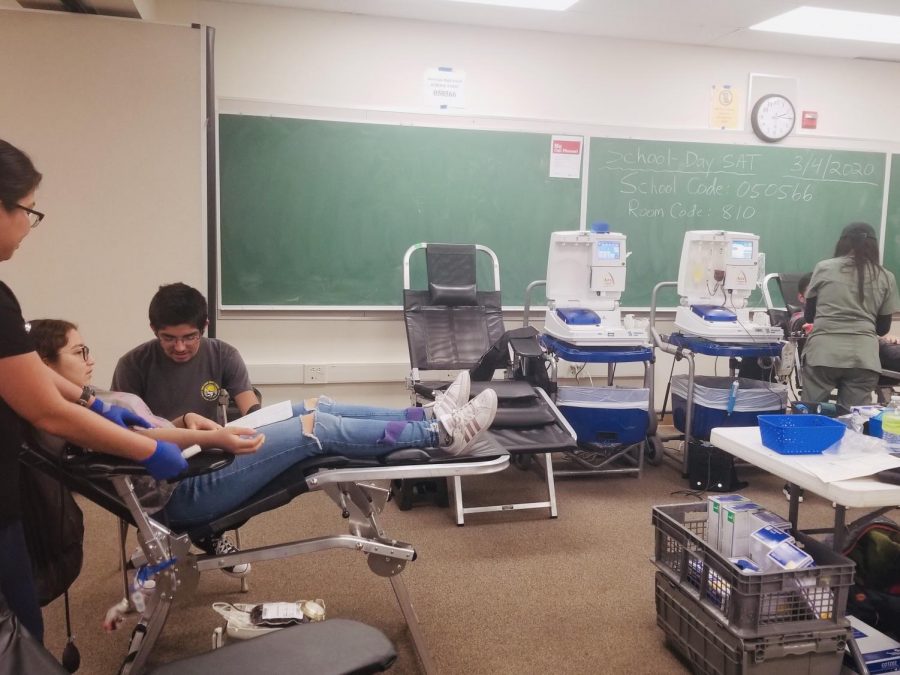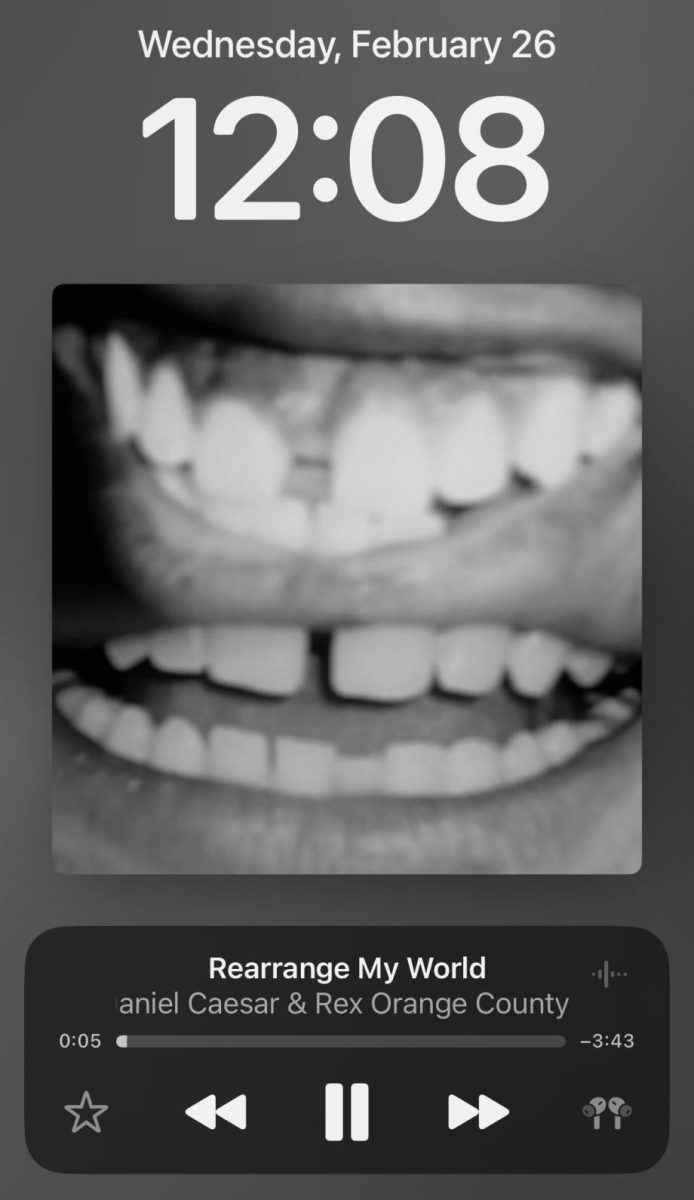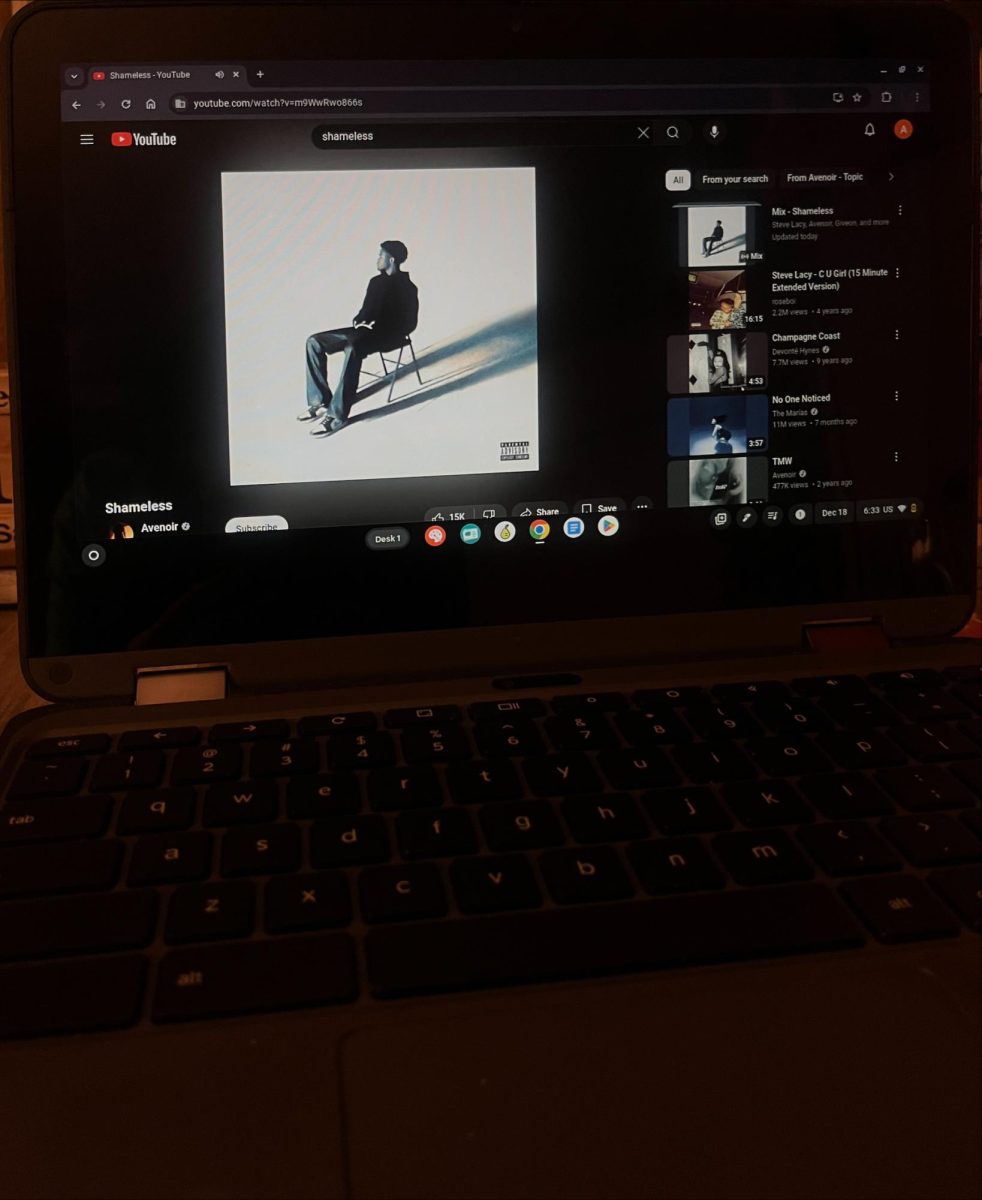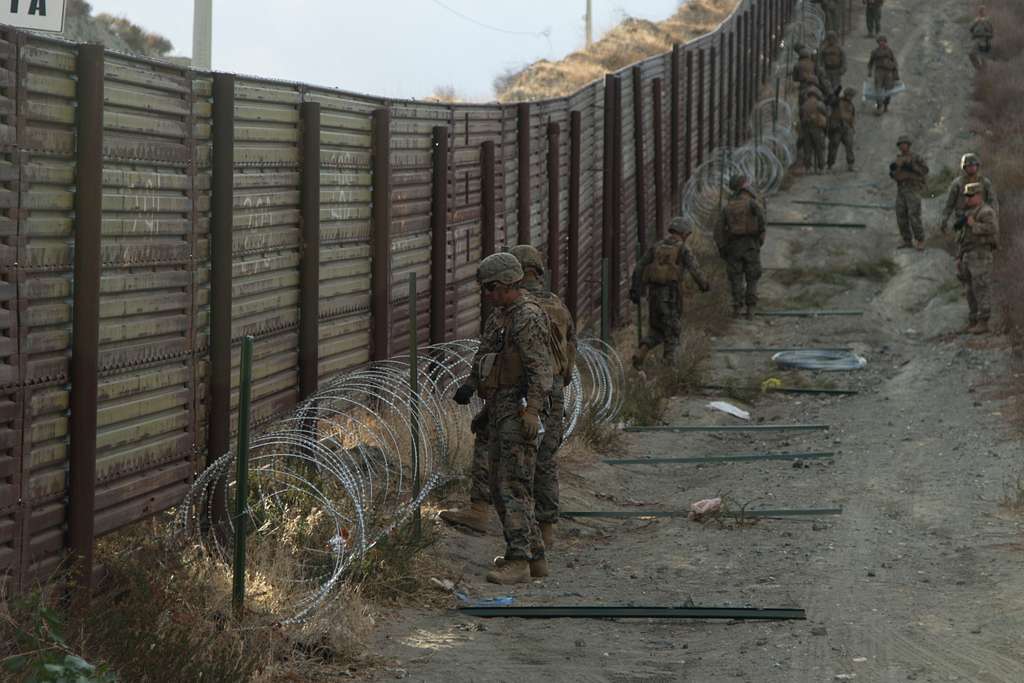Stream of life given through blood
The Lifestream blood drive in room 10. Students 15 and over were able to donate blood if they met the requirements.
March 11, 2020
The LifeStream blood drive held at Don Lugo high school on March 13, 2020 gave students the opportunity to give a helping hand and save lives, all without having to leave campus. Students 15 or older were able to sign up in the ASB office to be a donor prior to the blood drive on Wednesday, and announcements were given the week prior.
On the day of the blood drive, students were first tested for eligibility before having their blood drawn. The tests included blood pressure, iron levels, pulse, and other factors to make sure they were eligible to donate. The Red Cross has a long list of things that could make students ineligible to donate, such as safety concerns for donors like height and weight. They also ensure the purity of the blood by disallowing donors with sicknesses or other health problems. Students who were eligible to donate were seated in one of the phlebotomist’s chairs and given a heart shaped ball to help with blood circulation, as well as heating pads under their arms to pump up the veins. Some students were overheating while drawing blood, so wet cloths were given out when necessary.

A phlebotomist’s chair where students had to sit to get their blood drawn.
It is completely safe and mostly painless to donate blood and the phlebotomists, doctors trained to draw blood from people, at the drive wished more people would participate as it would benefit and save so many lives. However, they advise not to donate too frequently: a phlebotomist at the blood drive explained, “Every 56 days you are allowed to donate.” When asked, one of the professionals even reported to have donated 88 times. That’s about 14 years straight of donating blood at every healthy opportunity!
It is recommended for donors to eat and hydrate before donating to prevent fainting and fatigue, so students were given snacks if they had not eaten before entering. After blood is drawn, which usually takes around 8 to 10 minutes, donors are required to rest for around 15 minutes to recover and to prevent fainting. Chips, pizza, water, and other snacks were given for students to re-energize during their rest time before leaving the room.
A student who wishes to remain anonymous explained her donation experience. She recalled, “It stung a bit at first but after a few seconds it was fine. We had to flex our feet and squeeze the heart shaped ball every few seconds to circulate the blood flow.” The blood rests on a tray that sways back and forth to mix the new blood with the old and prevent coagulation.
LifeStream holds blood drives twice a year in California, two opportunities annually to donate blood and save lives. One phlebotomist informed a student that one bag of blood can save up to 8 babies and 3 adults. If you missed it this year, make sure to catch it next year to help save lives.






